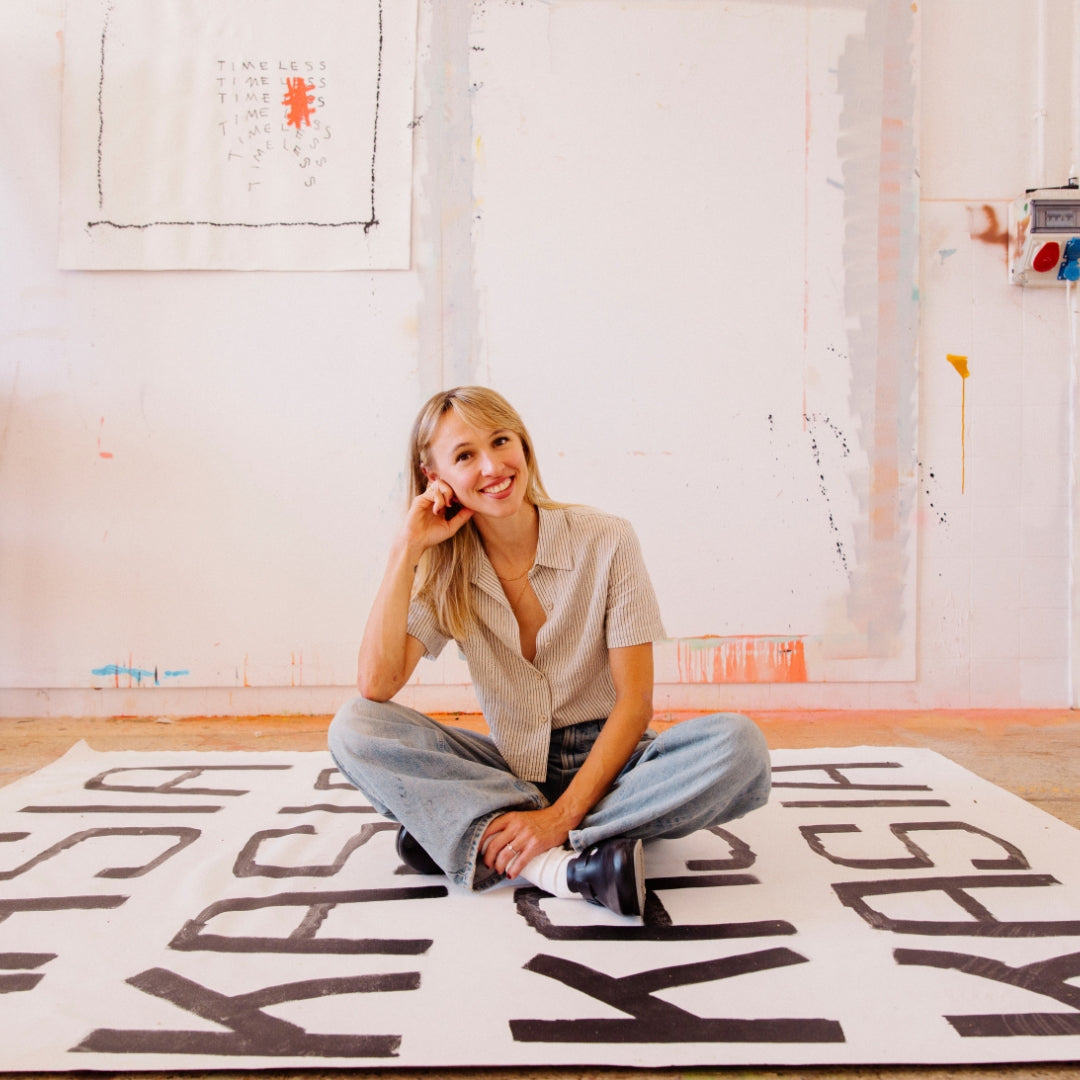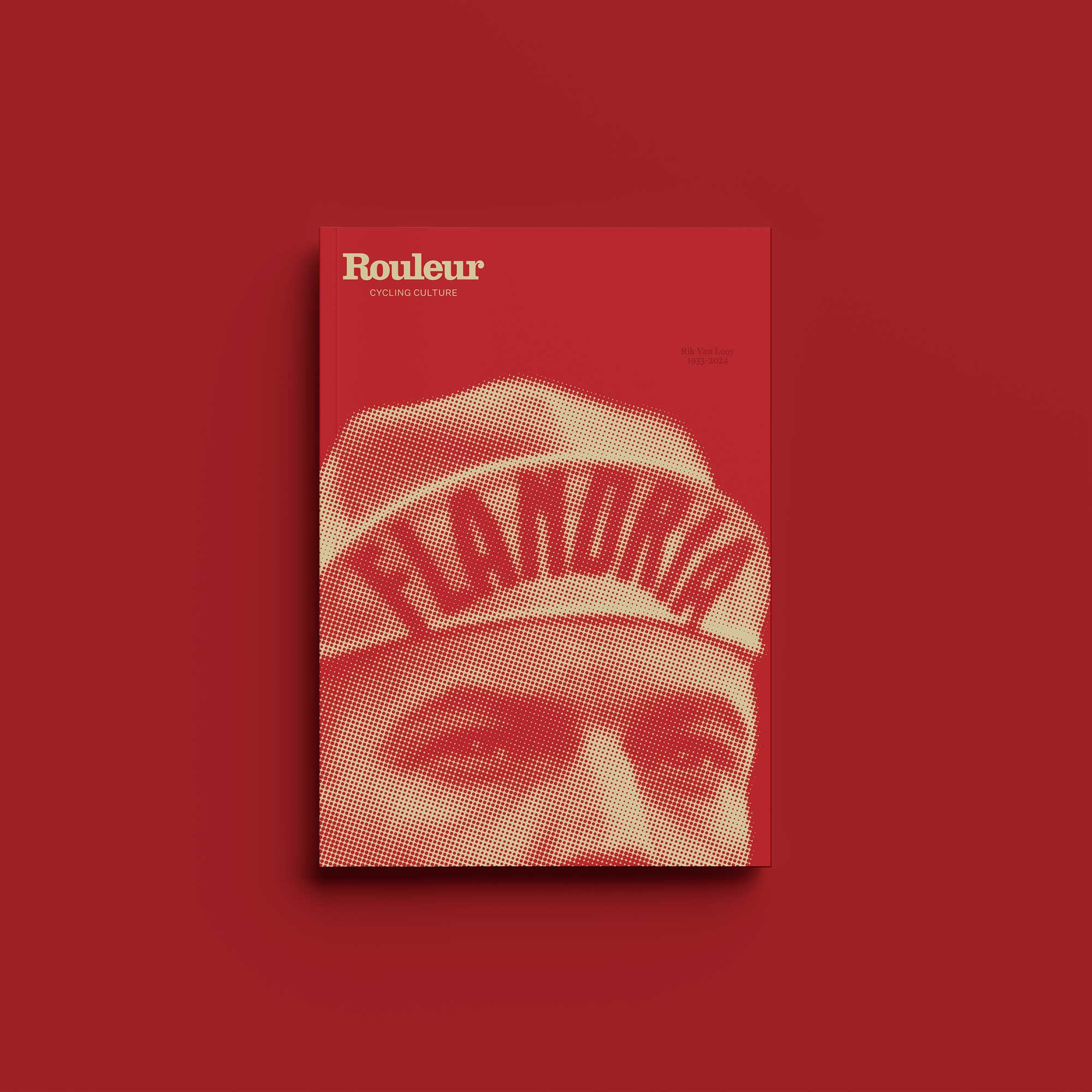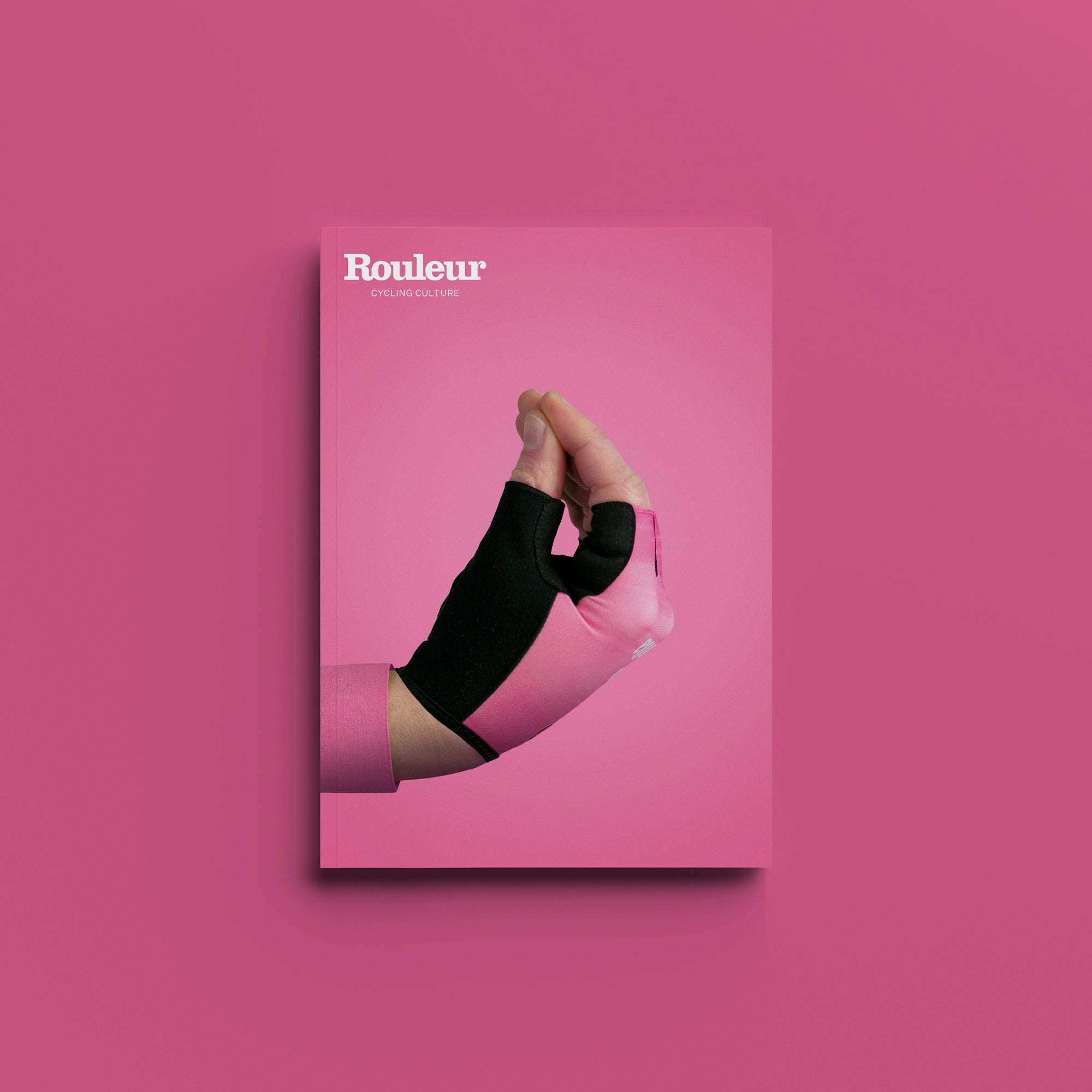Twenty-eight, they say, is an athlete’s prime age. It’s when they’re strongest, fastest and at the peak of their powers. That rule didn’t apply to Arvid de Kleijn, though. At 28, he was still living at home with his mother and father, and had not long ago given up his job as a part-time gymnastic teacher; inspired by both his parents who were gymnasts, he practised the sport himself until he was 14. “Once a week I’d have the kids aged 5-12, and then the older ladies aged 40-70, doing little games and small exercises with them. It was always fun,” the soon-to-be 31-year-old smiles.
As one of cycling’s late bloomers, De Kleijn has now left his childhood bedroom, and the local gymnastics club where he worked until 2020, because now the Tudor rider has established himself as one of the sport’s most feared sprinters, a winner of a Paris-Nice stage, Milano-Torino and a number of high-ranking races in the past two seasons. It is his belief that only the trident of Jasper Philipsen, Tim Merlier and Jonathan Milan are ahead of him in terms of speed and potential. “In that group behind them, there’s 10 guys and I see myself as one of them. I think I have the speed to really battle against these guys, and my job is to close that gap to those three guys at the top,” he says.
De Kleijn is not at the top yet – “the sky’s the limit,” he says of his ambitions – but just getting to the level he’s currently at has taken significant time and effort. “I started cycling as a junior and from testing I did, it seemed like I had the physical capacity to possibly become a pro, but I was in smaller teams so I thought, ‘OK, a [third-tier] Conti rider, maybe that will be my level’,” the courteous and talkative Dutchman tells Rouleur. “I didn’t have professional support to tell me what to do and how to do it – I had to figure out a lot of things by myself, and it took some time to know what to do in training, what to eat, how to behave like a pro.” Initially, he was studying part-time at university to become a sports teacher, but in pursuit of his dream and defiance of the prevailing wind, he paused his studies. “My parents saw me struggling with both my studies and cycling, but I said I need to see if I can make cycling my job.”

The sliding doors moment he’d been searching for came at the very end of the 2016 season, his penultimate race as an U23 rider. “I won the U23 Paris-Tours and it opened my eyes. I thought, ‘OK, maybe I’m actually pretty good.’ Physically and mentally I wasn’t ready to be a really good cyclist at that point, but then I found out I was actually super fast and could sprint with the really good guys. I couldn’t imagine that before.” Problem was, it didn’t actually change anything – pro teams continued to overlook him, despite him racking up nine UCI wins in the following three seasons. De Kleijn's face, it appeared, just didn’t fit.
“When you’re 24 and still without a contract, most guys quit,” he recognises. “I had a pro victory at 23 and other good results, but no one wanted to sign me. I kept saying: do another year or two, and at some point a team will say, ‘OK, we need this guy’. I was sure [second-tier] Pro-Conti teams would be super interested in me because I could win on a pro level and not everyone can do that.” While the sprinters he now goes up against were on seven figure contracts in their mid-20s, De Kleijn was scratching around the back of the sofa. “As a Conti rider you don’t get the biggest salary,” he says. “I could live from it pretty OK, but I lived with my parents until I was 28 and didn’t pay rent. I didn’t earn the biggest money so had to do it this way. I was investing in myself by doing my own training camps in France.”
Finally, just a few months before he turned 26, he got the call he’d long since craved: Riwal Securitas, a second division pro team from Denmark, wanted him. “I finally turned pro at 25,” he smiles. A year later, in 2021, he joined Rally, which subsequently became Human Powered Health. “I was the first European they signed,” he says of the American team. He stayed for two years, and was then recruited by Fabian Cancellara in 2023 to head up the sprint department at the newly-formed Tudor team. The progression since then has been as rapid as De Kleijn’s finishing sprint.

“I never thought I could be on this level: I thought I’d maybe be a Pro-Conti rider winning one or two one-day races a year, but now it’s a different story,” he says. “I won in Paris-Nice [last March] and was thinking, ‘Oh, wow, I can also do that’. You start thinking of what’s next, how you can grow into someone else. I’ve got both feet on the ground, but I don’t want to limit myself.”
This season, Tudor, his team – “I’ve been here since the beginning and it feels just a little bit like my team,” he says – have spent heavily on the signings of Julian Alaphilippe and Marc Hirschi. The Swiss squad are likely to appear at either or both of the Giro d’Italia and Tour de France as a result of the aforementioned duo’s star power, opening up the possibility of De Kleijn showcasing his power on the biggest stages. “I think if you look at the other sprinters, speed-wise I’m really close to being one of the best,” he says. “If you look at my calendar in the last five years, I’ve never done a Grand Tour, nor many big races, so I want to see what I can do, if I can compete against the best. That’s the next step. We showed we could do something in the UAE Tour [last year where he finished second in three stages] and we won in Paris-Nice. I think at one point I will be able to compete. There is a bright future, I think.”
If, and when, he pulls off a Grand Tour victory, could he become the first ever cyclist to celebrate with a front-flip? “I’d need to go solo to do that and that’s not going to happen!” he laughs. “I could do it here on the ground right now, 100%, but with cycling shoes? Hmm, I don’t know. Maybe after the finish!”
His journey to here has been far from textbook pro, but he wouldn’t change it. “I really don’t regret it. It’s been a totally different journey, but a super beautiful journey, a really valuable one for life. Having everything there to make you a good rider is super nice and allows you to develop super quick, but it’s also nice to make yourself a self-made pro and to do it yourself. It took me more years than the others, but my satisfaction is pretty big.”






























